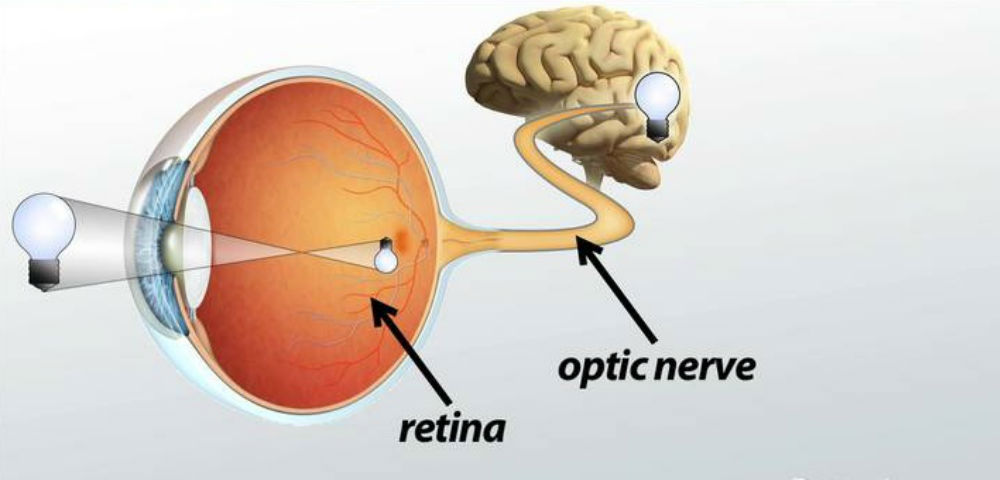Orlando: 9145 Narcoossee Rd., Suite A200, 32827
407-329-6907
 Residing in those areas of the skull base are the occipital nerves. Irritation/inflammation of those nerves may cause a specific type of “neuralgiform” pain: occipital neuralgia. More commonly, however, those nerves serve as major “on-ramps” to the “superhighway” upon which travel the pain signals that produce migraine and other types of headache. If one can block traffic on these busy on-ramps, then it may be possible to halt the flow of pain signal on the superhighway and thus—at least temporarily—halt head pain.
Residing in those areas of the skull base are the occipital nerves. Irritation/inflammation of those nerves may cause a specific type of “neuralgiform” pain: occipital neuralgia. More commonly, however, those nerves serve as major “on-ramps” to the “superhighway” upon which travel the pain signals that produce migraine and other types of headache. If one can block traffic on these busy on-ramps, then it may be possible to halt the flow of pain signal on the superhighway and thus—at least temporarily—halt head pain.